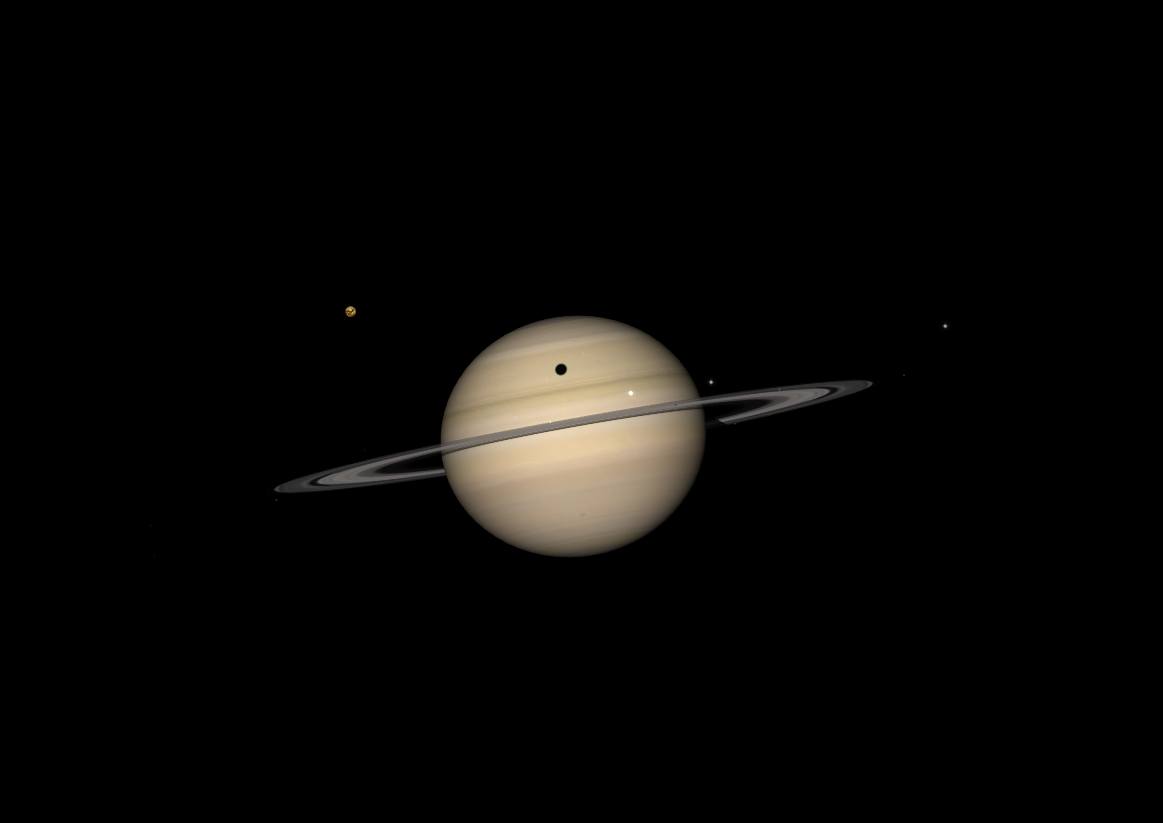
Twice during every 29.5 year orbital period of Saturn around the sun, Earth and Saturn briefly occupy the same ecliptic plane. During this brief period two rare planetary phenomena can be observed: Saturn’s rings will appear edge on, and Titan’s shadow may be seen transiting the disk of the planet.
Jupiter’s Galilean moons often cause shadow transits because Jupiter’s axial tilt (and the orbital plane of its moons) is negligible compared to Saturn’s enormous tilt of 27 degrees relative to the sun (and Earth).
This year, Titan’s shadow will transit the planet a total of 10 times between April 29 and October 6. The shadow transits happen about every 16 days. Because Titan’s orbital period is about 2 hours shy of 16 full days, the transits happen about 2 hours earlier every 16 days. This season of Titan shadow transits heavily favored those of us in the western hemisphere, treating us to good views of nearly all the events.
Over the past couple of months, many MAS members have reported attempts to view the Titan shadow transits either visually or photographically. Visual observers have reported mixed success depending on sky conditions, optics used, and the skill or eyesight of the observer. Saturn’s much greater distance (relative to Jupiter) and its much smaller angular size make visual observation of Titan’s shadow much more difficult than observing Galilean moon shadow transits – which are comparatively easy to see with almost any optical aid.
Below is a photo by member Rick Wayne, taken during the August 3 event.

Rick’s image was taken just shy of 4 AM with Martin Mika’s 12″ Richey-Chrétien and Rick’s Uranus-C camera. Best 5% of 40K frames (6′ of video) stacked.
If you want to try to observe Titan’s shadow on Saturn’s cloud tops, you still have several chances. See this Sky & Telescope post for details.
(post by John Rummel, August 2025)
